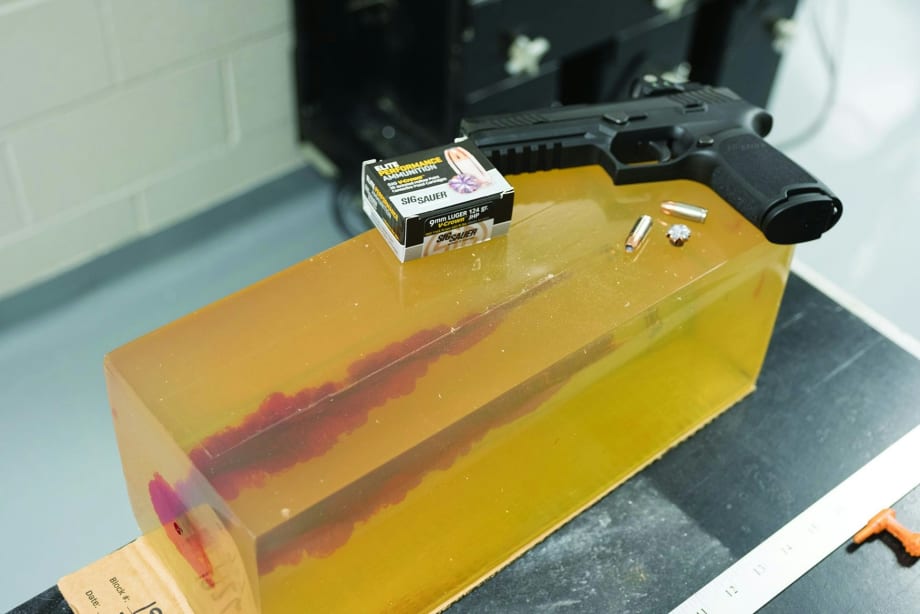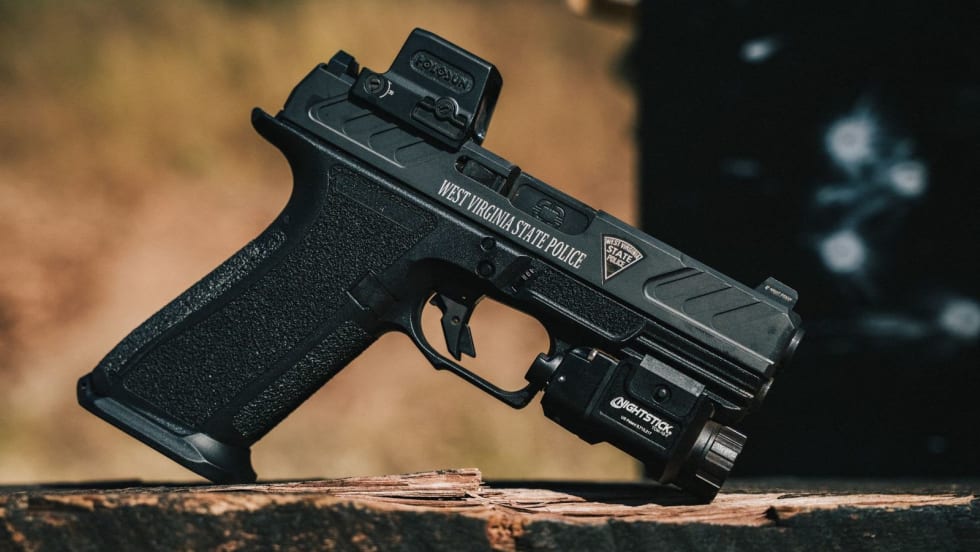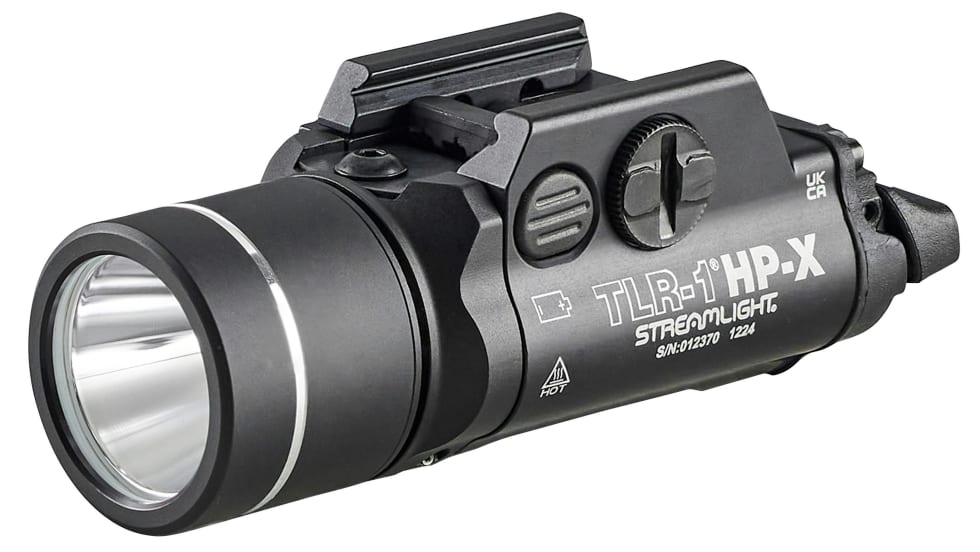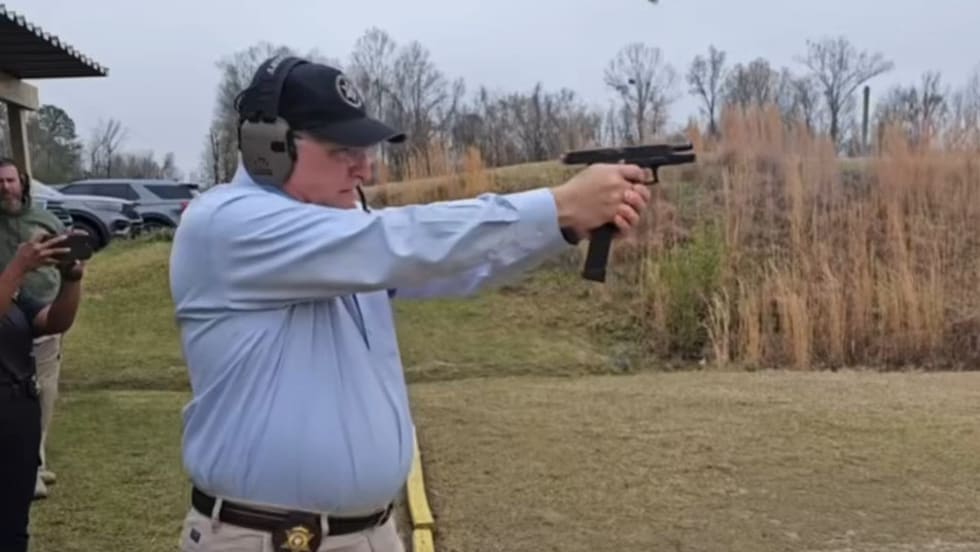Dr. Vail sees potential for law enforcement use of 6.88mm rounds because of its better wound ballistics profile compared to the 5.56mm. "Inflicting more damage could reduce the need for perfect accuracy in the chest/torso area, which has always been the point of contention of all ammunition," he says. "Accuracy trumps caliber but with these larger rounds, that primary concern can be somewhat reduced."
There are tactical teams that have already adopted the 6.8mm round, but it has not been widespread, according to SIG's Harris. This could be due to the proliferation of the 7.62 round as the primary precision round used by law enforcement, and the fact that most agencies have plenty of it on hand that's already been paid for. Another factor could be that there is a greater variety of loads available to law enforcement in 7.62 than in 6.8mm.
But then law enforcement is traditionally slow to make any changes, including adopting new ammunition. "We wouldn't expect to see a speedy change over existing M4 platforms in service," Federal's Hinton says.
This is even the case when another round proves more effective, says Harris: "Many special mission units within the U.S. Military have adopted the 300 BLK with great success, yet it has seen only minimal adoption by police tactical teams, despite its ballistic advantages in CQB over the 5.56. When suppressed the 300 BLK offers significant sound reduction that is even less than a suppressed 9mm, over the 5.56."
It seems the 6.8mm round won't likely become widely adopted by law enforcement anytime soon, but ammunition trends are always changing, as evidenced by the current popularity of the 9mm.












